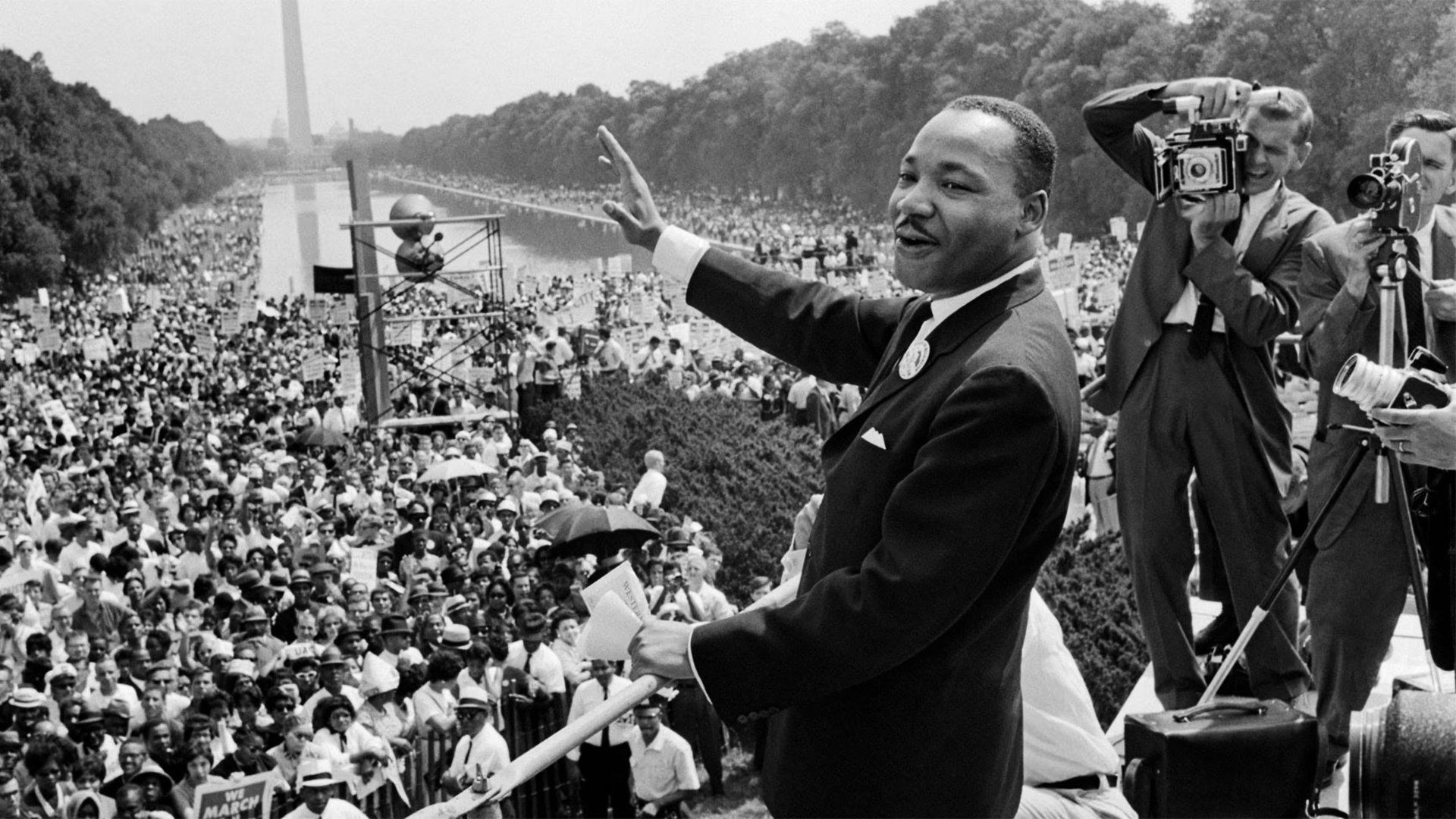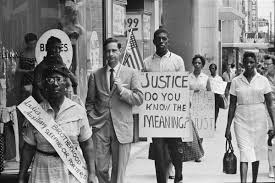The Civil Rights Movement: Struggle, Solidarity, and Social Change

The Civil Rights Movement was a decades-long struggle to end racial segregation, challenge discrimination, and secure equal rights for African Americans.
The Dive
The Civil Rights Movement was not a single event but a sustained effort stretching across decades, peaking in the 1950s and 1960s. Its goal was simple in words but enormous in practice: to end the legalized racial segregation of Jim Crow and to secure full citizenship rights for African Americans. It was a movement built on hope, courage, and the belief that democracy could — and must — expand to include everyone.
One of the first major victories came in 1954 with the Supreme Court case Brown v. Board of Education, in which Thurgood Marshall and the NAACP Legal Defense Fund successfully argued that 'separate but equal' in public schools was inherently unequal. This landmark decision struck down legal segregation in education, though its enforcement was slow and met with fierce resistance in many states.
The movement relied on many forms of activism: legal challenges, peaceful protests, boycotts, and grassroots organizing. Rosa Parks’s quiet act of defiance in Montgomery, Alabama, sparked the Montgomery Bus Boycott, which lasted over a year and proved the power of sustained, collective action. Leaders like Martin Luther King Jr. used nonviolent protest to shine a light on injustice, while organizers such as Ella Baker emphasized the power of local leadership and community-driven change.
Youth and students were often at the front lines. Sit-ins at segregated lunch counters, Freedom Rides challenging bus segregation, and voter registration drives in the South demonstrated the courage and determination of young people who risked arrest, violence, and even death to demand equality.
The movement faced deep opposition from political leaders and segregationists who sought to preserve the racial status quo. In North Carolina and across the South, pro-segregation politicians of the 1950s — and later figures like Senator Jesse Helms — opposed civil rights legislation, using arguments about states’ rights and tradition to justify discrimination.
The Civil Rights Movement was about more than changing laws; it was about transforming the moral fabric of the nation. It demanded that the United States live up to the promise of the 14th and 15th Amendments — equal protection under the law and the right to vote — and it forced Americans to confront the gap between their ideals and their realities.
By studying this movement, students can see how ordinary people, working together, can challenge systems of oppression and drive lasting change. The Civil Rights Movement reminds us that democracy is not self-sustaining — it must be defended, expanded, and made real for everyone.
Why It Matters
The Civil Rights Movement reshaped the legal and social landscape of the United States, proving that persistent, collective action can dismantle systems of oppression. It stands as both a blueprint and a challenge for future generations: the work of building a just and equal society is never finished, and each generation must decide whether to continue that fight.
?
Why was Brown v. Board of Education such a significant legal victory?
How did grassroots organizing contribute to the success of the Civil Rights Movement?
Why did some political leaders oppose civil rights legislation, and how did they justify their stance?
In what ways did young people shape the direction and energy of the movement?
How can the strategies of the Civil Rights Movement be applied to modern struggles for equality?
Dig Deeper
A look at the Civil Rights Movement in the 1950s and the broader social and political context of the era.
The role of students and young people in advancing the Civil Rights Movement.
Related

Montgomery Bus Boycott, Greensboro Sit-In, and the Rise of MLK
From Montgomery’s buses to Greensboro’s lunch counters, ordinary citizens ignited extraordinary change — and a new national leader emerged.

MLK the Disrupter and the Poor People’s Campaign
Dr. Martin Luther King Jr.’s final chapter was about more than civil rights—it was a bold demand for economic justice that challenged the nation’s values at their core.

Jim Crow and Plessy v. Ferguson
After Reconstruction, the South built a legal system to enforce racial segregation and strip African Americans of political power. The Supreme Court’s Plessy v. Ferguson decision in 1896 made 'separate but equal' the law of the land—cementing injustice for decades.
Further Reading
Stay curious!
